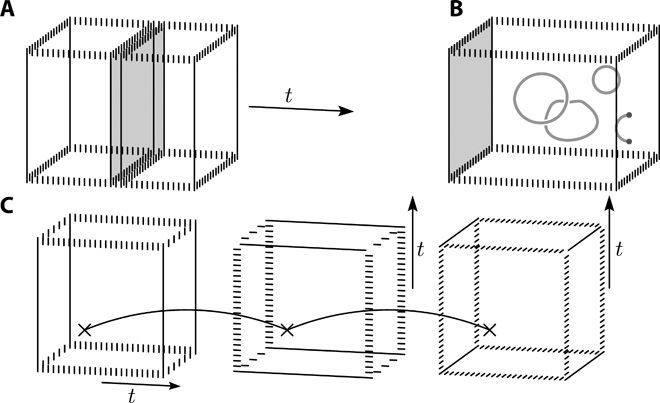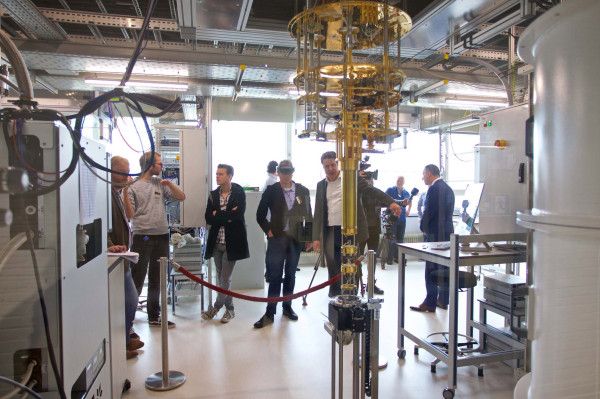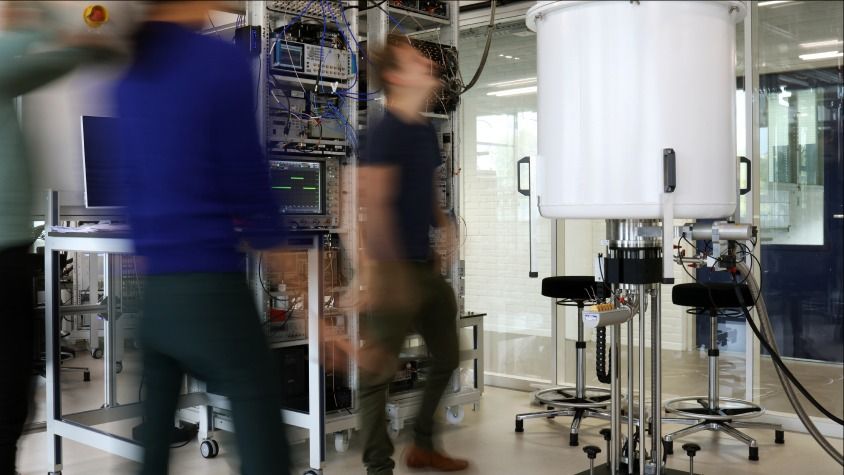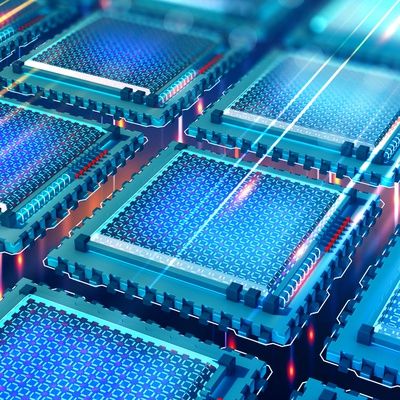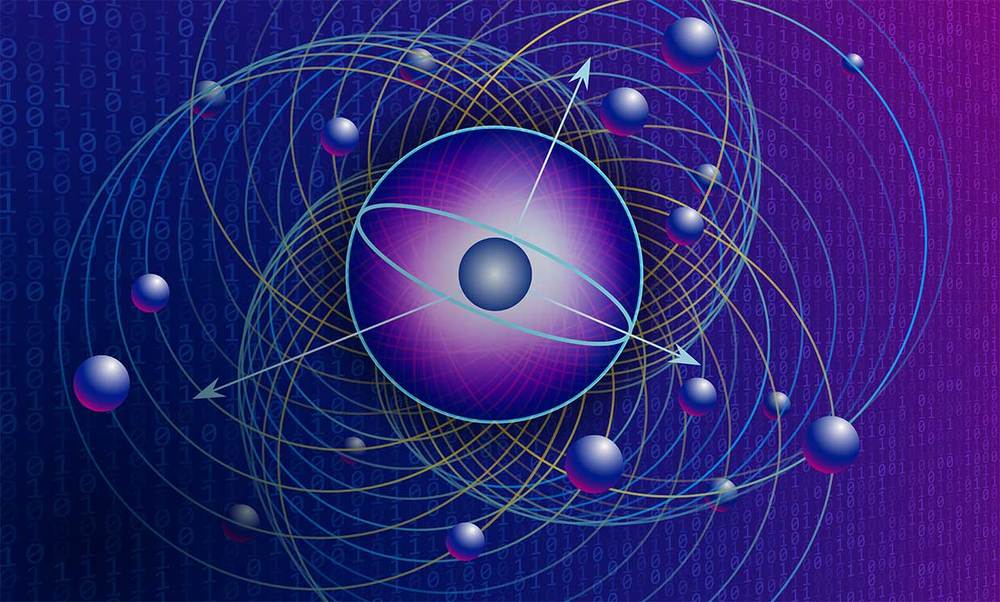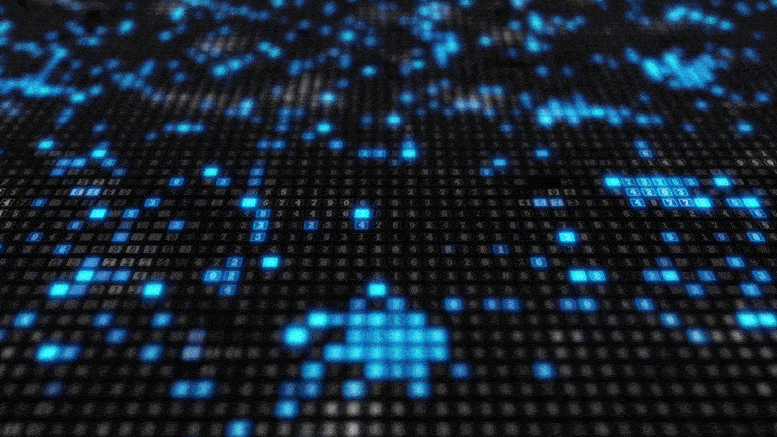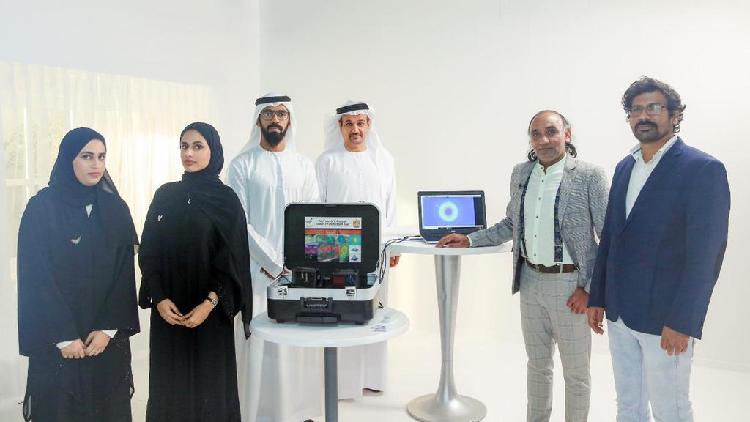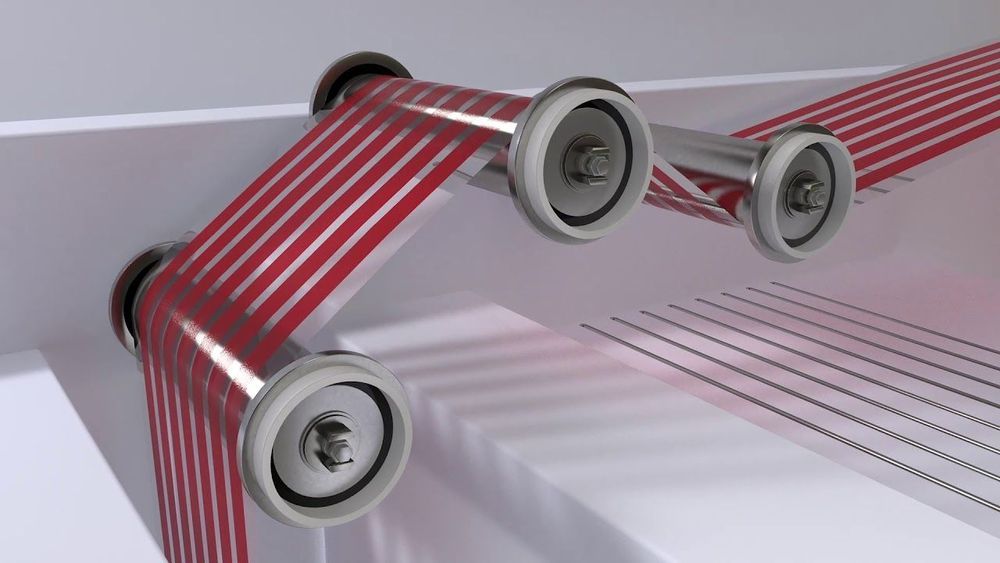May 23, 2020
Laser cooling a nanomechanical oscillator close to its ground state
Posted by Quinn Sena in categories: energy, quantum physics
Researchers at the Swiss Federal Institute of Technology Lausanne (EPFL) and IBM Research Europe recently demonstrated the laser cooling of a nanomechanical oscillator down to its zero-point energy (i.e., the point at which it contains a minimum amount of energy). Their successful demonstration, featured in Physical Review Letters, could have important implications for the development quantum technologies.


